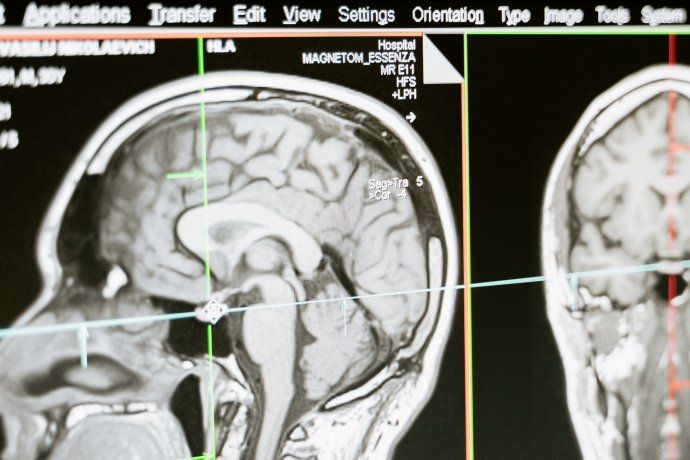brain boycott 1200.jpg
pixabay
I want to take the opportunity of this day to talk to you about one of the main causes of brain damage (or the central nervous system in general, if we also consider the large number of cases of spinal cord damage), irreversiblewhich also has high weight in younger patients: the head injuries.
Two very significant causes of both would be the traffic accidents and the falls from height. What do they have in common? One of the most important things: they are avoidable. Or, at least, it can contribute to the trauma not having such severe consequencesfor example, by using the seat belt, by putting on a helmet to ride a motorcycle, by not consuming alcohol or other types of substances that harm us when driving vehicles or by respecting the appropriate speeds for driving.
up to respect the distance with other cars when driving on roads and highwayswhich is something that many of us notice is fulfilled scarcely, and results in a preventive action for collisions. As for the majority of falls from a height, we can say that they are avoidable by using the security measures suitablesuch as the use of the harness.
gut-brain-stylejpg.webp

Beyond the high risk of life that these injuries can entail, it is only enough to see the devastating consequences that these injuries can have both for brain functions and to understand the importance of prevention. We must bear in mind that many times brain damage is irreversible, without being able to partially or completely recover brain functions, despite adequate rehabilitation.
Head injuries can cause different types of intracranial injuriesamong which we can name: brain edema or swelling, subdural hematomas (between the meninges, which are the layers that cover the brain), extradural hematomas (between the skull bone and the meninges), subarachnoid hemorrhage (bleeding in the grooves of the brain surface), brain contusions (traumatic bruising within the brain itself) and skull fracturesamong other.
BRAIN

pexels
Depending on its severity, size, location and other factors present in each particular case, many patients end up requiring emergency neurosurgical treatment.
The goal of surgery may be to drain one or more intracranial hematomas, reduce skull fractures, or perform what is known as Decompressive Craniectomywhich is a surgery in which we remove part of the skull and open the membrane that is below (dura mater) to reduce the pressure inside the skull, and thus try to avoid damage to brain regions that they are still healthy and the death of the patient due to intracranial hypertension.
brain.jpg

ambito.com
We must remember the gravity of these cases that we unfortunately see with frequency so as not to forget the importance of prevention.
Dr. Damian Bendersky (MN: 130405). Neurosurgeon. Perform Spine Surgery and Pain Treatment.-
Source: Ambito




